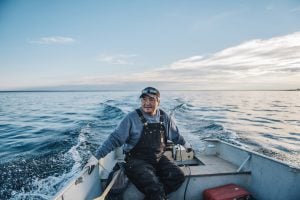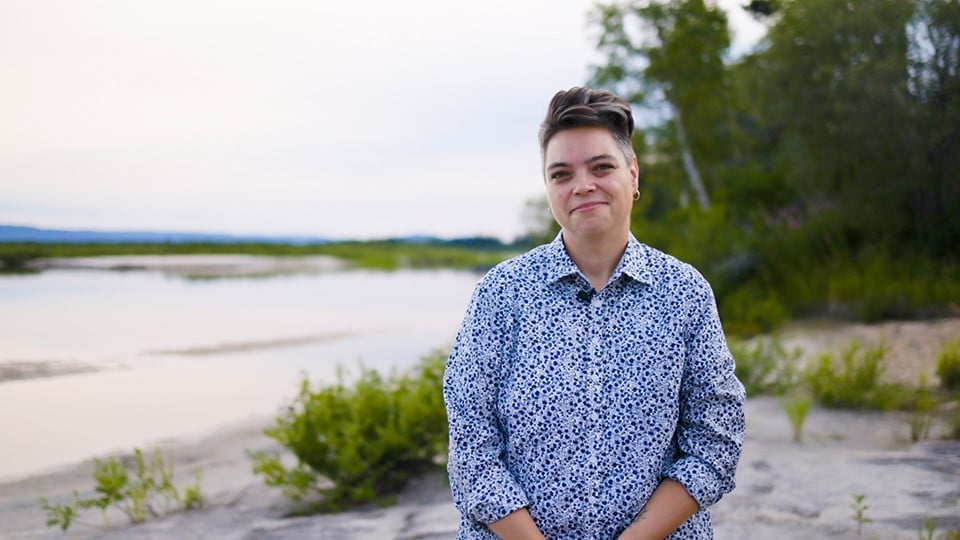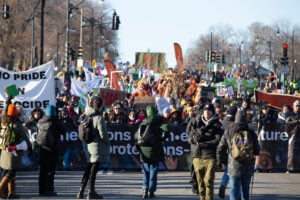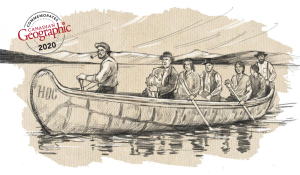
Environment
Inside the fight to protect the Arctic’s “Water Heart”
How the Sahtuto’ine Dene of Déline created the Tsá Tué Biosphere Reserve, the world’s first such UNESCO site managed by an Indigenous community
- 1693 words
- 7 minutes
People & Culture
The Director of the Indigenous Leadership Initiative discusses COP15, the importance of the boreal forest and the vital role of Indigenous-led conservation and stewardship

“The boreal forest is the largest intact forest left on the planet, it holds a quarter of the world’s wetlands. It is a climate regulator.”
You could argue there is nothing that binds Canada together like our Boreal forest. It’s defined by vast stands of spruce and seemingly endless lakes and swamps stretching beyond horizons. It runs in an uninterrupted band from British Columbia across the three territories and every province into Atlantic Canada. And it’s a hugely important part of efforts to buffer against the impacts of climate change.
Our guest Valérie Courtois is currently at the UN Biodiversity Conference, or COP15, in Montreal, making the case for preserving the boreal as part of the 30 by 30 goal. That is the pledge Canada and dozens of other nations have made to set aside thirty percent of our lands and waters as protected spaces in an effort to halt the dramatic decline of the planet’s biodiversity, a decline that is directly linked to the climate crisis.
In our conversation, Courtois talks about the importance of the boreal, why Indigenous people are and always have been the best protectors of our wild places, and the growing role of the Indigenous Guardians program in preserving the boreal and our wilderness.
Courtois is Innu from Goose Bay Labrador, a registered forester, she focuses on indigenous issues. As well as being the Director of the Indigenous Leadership Initiative, she has advised the Assembly of First Nations of Quebec and Labrador and the Innu Nation on forestry.
Read the full transcript of the interview here.
Are you passionate about Canadian geography?
You can support Canadian Geographic in 3 ways:

Environment
How the Sahtuto’ine Dene of Déline created the Tsá Tué Biosphere Reserve, the world’s first such UNESCO site managed by an Indigenous community

People & Culture
Indigenous knowledge allowed ecosystems to thrive for millennia — and now it’s finally being recognized as integral in solving the world’s biodiversity crisis. What part did it play in COP15?

Environment
The Director of the Indigenous Leadership Initiative discusses COP15, the importance of the boreal forest and the vital role of Indigenous-led conservation and stewardship

History
A look back at the early years of the 350-year-old institution that once claimed a vast portion of the globe